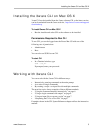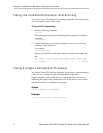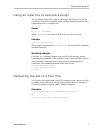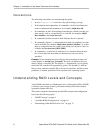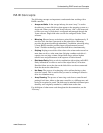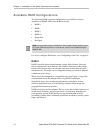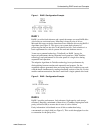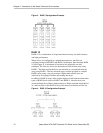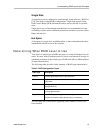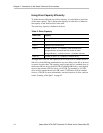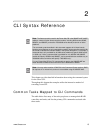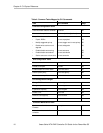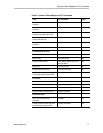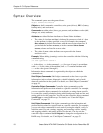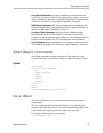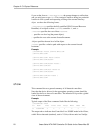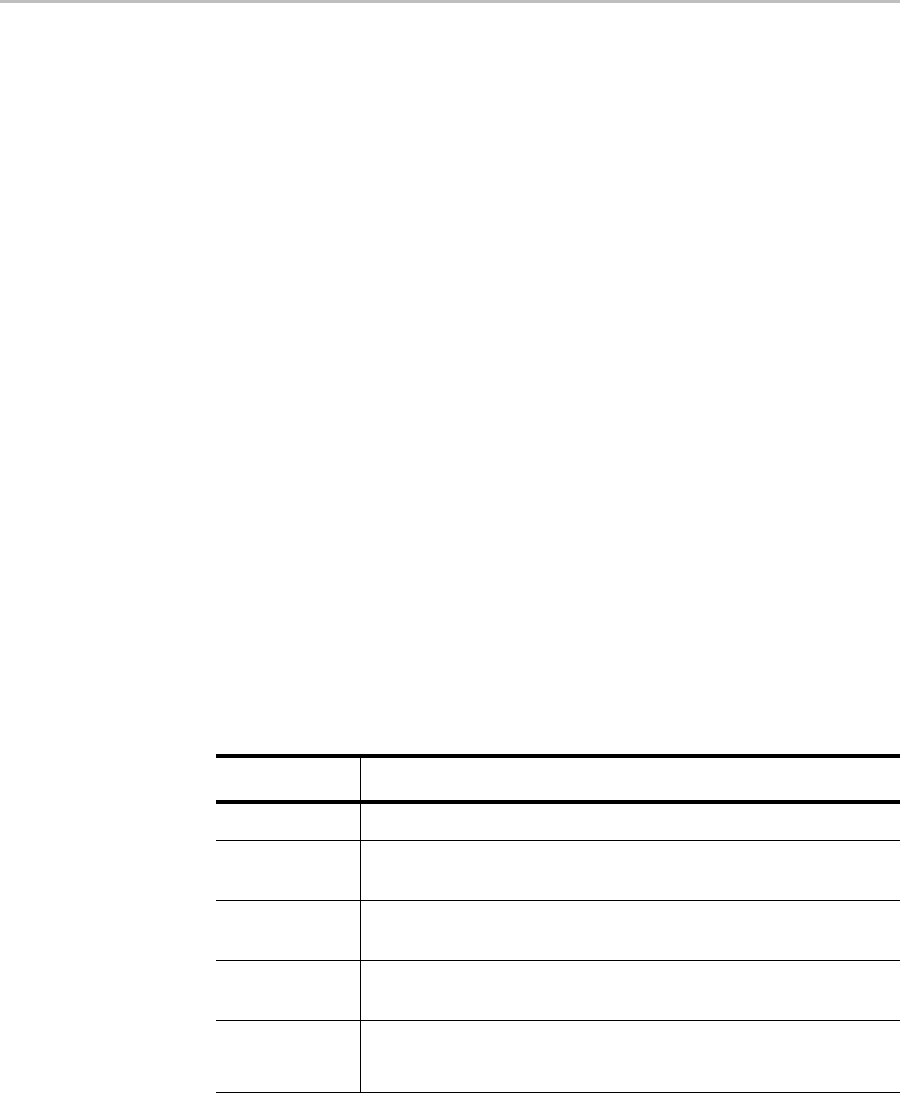
Understanding RAID Levels and Concepts
www.3ware.com 13
Single Disk
A single drive can be configured as a unit through 3ware software. (3DM 2 or
CLI). Like disks in other RAID configurations, single disks contain 3ware
Disk Control Block (DCB) information and are seen by the OS as available
units.
Single drives are not fault tolerant and therefore not recommended for high
availability systems unless additional precautions are taken to prevent system
hangs and data loss.
Hot Spare
A hot spare is a single drive, available online, so that a redundant unit can be
automatically rebuilt in case of drive failure.
Determining What RAID Level to Use
Your choice of which type of RAID unit (array) to create will depend on your
needs. You may wish to maximize speed of access, total amount of storage, or
redundant protection of data. Each type of RAID unit offers a different blend
of these characteristics.
The following table provides a brief summary of RAID type characteristics.
You can create one or more units, depending on the number of drives you
have installed.
Table 2: RAID Configuration Types
RAID Type Description
RAID 0 Provides performance, but no fault tolerance.
RAID 1 Provides fault tolerance and a read speed advantage over non-
RAID disks.
RAID 5 This type of unit provides performance, fault tolerance, and high
storage efficiency.
RAID 10 A combination of striped and mirrored units for fault tolerance
and high performance.
Single Disk Not a RAID type, but supported as a configuration.
Provides for maximum disk capacity with no redundancy.



